Fire Emblem is a special series for myself and a growing legion of fans, one of Nintendo’s greatest current IPs, but its future wasn’t always a certain one. The franchise started as a Japanese exclusive on the Famicom in 1990 that had 5 sequels before ever reaching the west. While its western releases from The Blazing Blade onward were beloved and well-received, this popularity waned, nearly fading completely with muted reception to the Shadow Dragon remake, only to be saved by Awakening in 2012.
It’s been over 10 years since then, and with the release of Fire Emblem Engage, this legacy is on full display. One thing is certain: Engage is made for the fans, and it really shows.
What Kind of Game is Fire Emblem Engage?
Fire Emblem Engage is a turn-based tactical RPG with social gameplay elements and a large overarching narrative. It is a Nintendo Switch exclusive and a mainline release in one of Nintendo’s hottest IPs of the present day. It uses tried-and-true gameplay elements from previous games, with the return of the Weapon Triangle albeit with a new interpretation, some extremely fun new classes such as the Wolf Knight, and other fascinating tweaks.
One of the most memorable features of the game though, is the Emblem system, allowing your characters to bond with particular Fire Emblem protagonists of previous games. This includes taking on their abilities and signature weapons, with a clear reverence for their footprints on the franchise.
On top of that, you’re able to manage your units and socialize with them freely using the Somniel area as a hub, having conversations, dinners, sparring matches, and more with allies. There’s a free gacha system that even allows you to generate rings based on the key characteristics of supporting characters from different Fire Emblem games, a wonderful nod to previous entries that fans can appreciate. You can even take to the skies on a wyvern and shoot targets in a surprisingly fun rail shooter minigame.
But ultimately, the absolute best parts about this game are what the series is best known for: rewarding, fun turn-based strategy, and great characters.
12 Rings for the Emblem Lords the Returning Players Love
Words can’t express the joy I felt when I saw the Emblem characters to be featured in this game. Unlike previous entries like Awakening which prioritized Marth, Lyn, Ike, and recently popular characters like Celica, this is a showcase of characters whose games have still yet to be localized. Characters like Sigurd, Leif, and even Roy, stars of some of the most fantastic Fire Emblem stories with enormous influence, have yet to be played by many fans. These characters are all playable, and they’re incredibly fun (and powerful!) to use.
Naturally, Engage Attacks are the flashiest ways you can see these Emblems in use, but the stat boosts and skills they impart are usually more valuable. It felt obvious at first who you should give certain Emblems, but once you got a feel for how certain characters grow and where their true potentials lie, you could form greater ideas for their uses.
But the creative choice of making them bond with your crew along with your avatar, however brief the interactions may be, was key. Reuniting with Lyn and hearing her game’s familiar music remixed on her Paralogue brought me to a misty-eyed state, bringing me back to my childhood as my avatar met her on the plains of Sacae. In short, despite these characters being revered, legendary heroes, it was more like meeting with old friends I didn’t think I’d see again outside of Fire Emblem Heroes.
But Let’s Talk About the Dragons
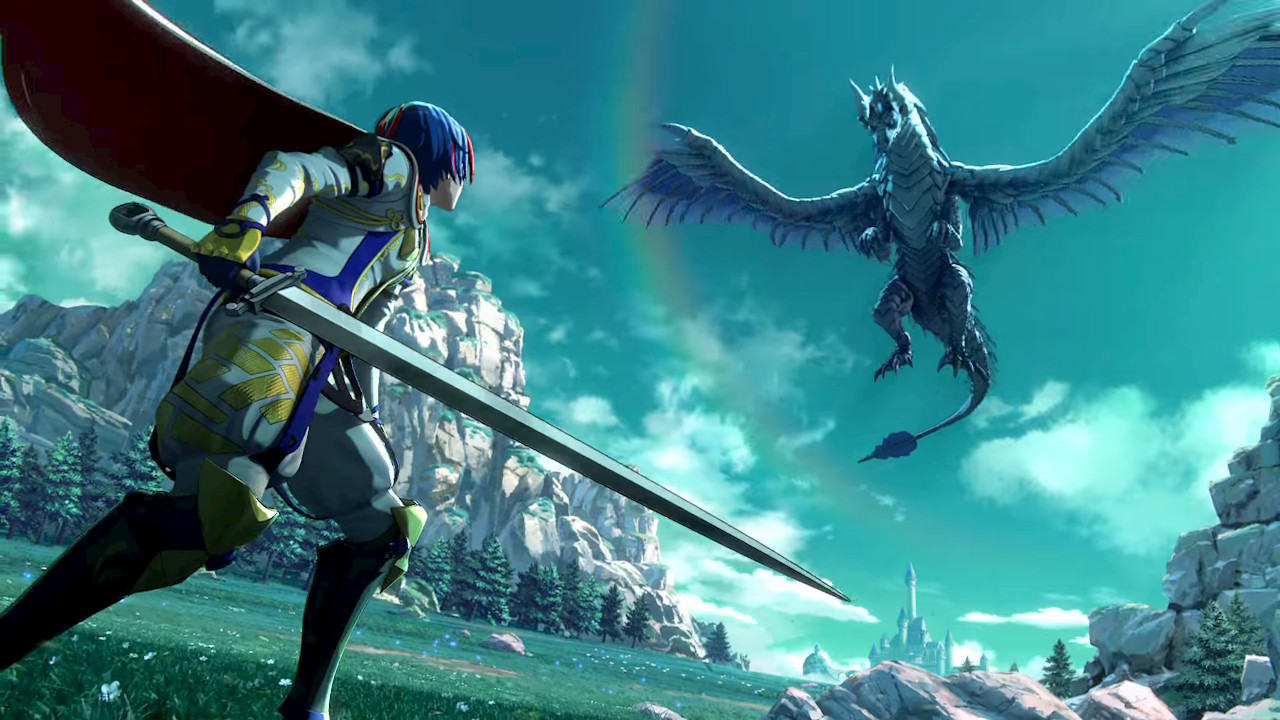
The plot of Fire Emblem Engage is often forgettable, but throw in buzzwords about dragons and the plot significance of Emblems and you’ll pretty easily pick up. There’s a Fell Dragon, which has been faced before. Your avatar is also a dragon, the child of other dragons, and you have family ties to the good guys as well as the bad guys. There’s nothing that feels new here, and it can be easy to feel detached from the plot, but it isn’t without its highlights.
Around Chapter 10, you might have felt the game was handling you with kid gloves, pulling its punches. But then suddenly, you meet with an existential threat to you and your allies. The advantage you might have leaned on is rapidly wrenched from your hands, with some pretty devastating consequences.
There are tragic deaths, and the game also takes cues from other Fire Emblem titles by actually giving even some Chapter bosses actual personalities, only to have them too quickly killed by the true villains. Like with the game itself, the story is largely carried by its characters. It also doesn’t hurt that it’s got some pretty fantastic designs in place as well.
The Visuals
Fire Emblem has never been a graphically demanding franchise, partially due to it remaining exclusive to Nintendo, but it’s always been optimized very well for the type of experience it provides. The game features the same map layouts and UI features we know and love, tweaked for as much accessibility as possible so veteran players will instantly adjust, and new players learn quickly. But the visual experience is much more than the UI.
Some of the best character and class designs ever seen in Fire Emblem are available here. There are great new classes like the Wolf Knight, returning Griffin Knight units, and distinctive unique units like Successeur and Avenir classes. The wardrobes of these characters are fascinating and distinctive, with clear influence by their respective in-game nations. It doesn’t hurt that Lead Character Designer Mika Pikazo, who has designed prominent VTuber avatars, left a powerful imprint on the cast of characters in Engage. Even their idle expressions are dynamic and interesting and loaded with personality.
I was extremely happy to see the artwork showcasing the current location in dramatic fashion, overlaid with character dialogue. It’s something I adored about The Blazing Blade (the first Fire Emblem in the west) and despite knowing it was for similar reasons back then, I didn’t care. My imagination allowed me to move about the halls and realms put to the screen, and it felt like a nostalgic trip to the good old days.
But the final visual aspect that I really felt struck a nostalgic nerve was the map design. There were so many maps that smacked of influence from pretty much any Fire Emblem I can think of. There are maps that feel like straight out of The Blazing Blade, Path of Radiance, or Awakening, and more.
Zooming in on your units will actually show in greater detail their precise surroundings on the map, down to terrain and nearby buildings, a stunning detail that feels more immersive. As a Fire Emblem fan, this was greatly appreciated and wonderfully executed to make for some exhilarating battles.
The Sound
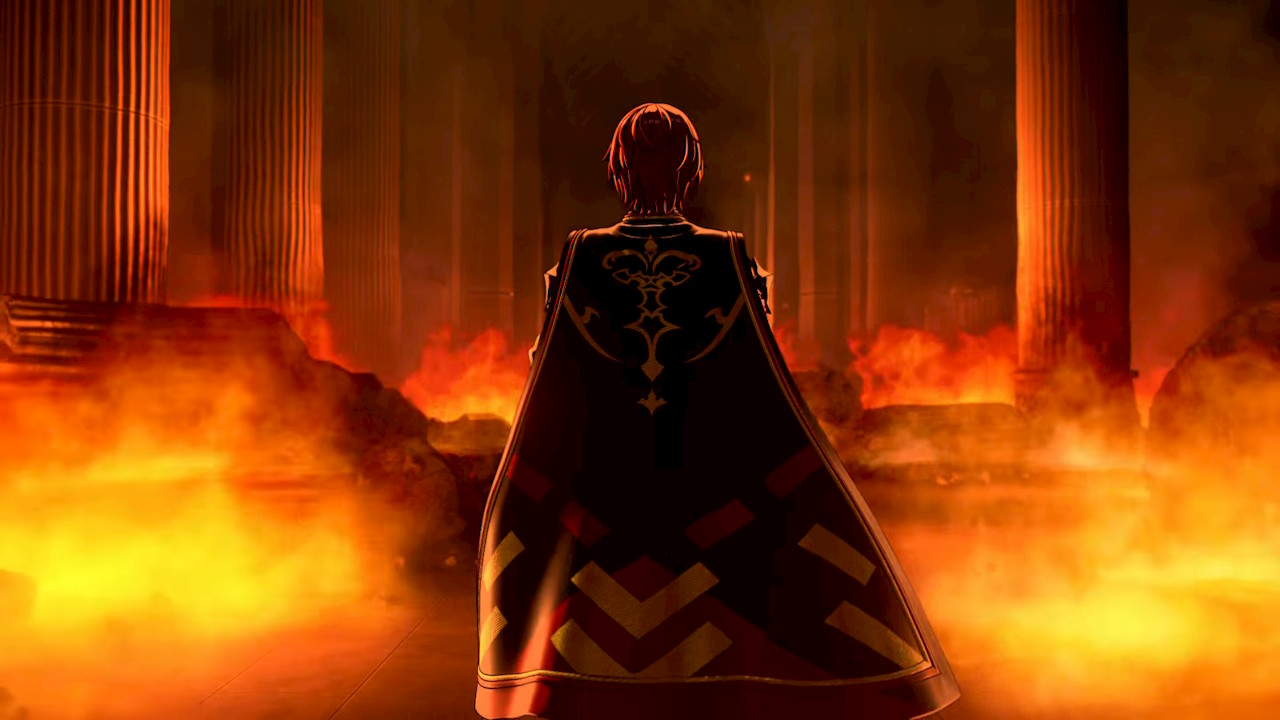
Much like the visual feel of a Fire Emblem game, the sound, particularly the music, was key. And this game’s music absolutely slaps. It churns out a laundry list of bangers and remixes of old battle themes that are pleasing to the ear. Just try not to get into battles in Solm without nodding to the beat. It’s certainly not the more strictly medieval fantasy music that at times felt more crudely digitized in the GBA days. But that’s okay, and while it takes some adjustment for older fans to get used to this stylistic change, it’s full of such prominent earworms you can’t help but jam to the music you hear throughout.
This is especially key with how the game introduces you to music from Fire Emblem titles many have still never been able to play. It allows those who know to experience it freely, while giving them hope of a remake treatment similar to that of Shadows of Valentia, with care and love but also potential for a better experience and lasting appeal. For many, music in RPGs stirs up emotion and pushes the player forward when the gameplay is sometimes more subdued, and Fire Emblem Engage is no exception.
The Issues

The story is the main issue of this game. I can’t think of a Fire Emblem game in recent years if ever, that had a more forgettable plot. If not for the strength of its combat system, an interesting twist on the Weapon Triangle, and a plethora of wonderful new and old characters, I’d have a far lower opinion of this game. But a forgettable story is tough for a game that’s so story-focused.
There are some minor nitpicks too. The battle camera controls are funky, begging the question of why you can pan the camera at all. There are also minor instances of Chapter bosses being horribly voice-acted as if they fed the lines to a robot, but these instances are very limited, thankfully.
The game occasionally struggles to keep up a consistent framerate, with drops such as at the end of turns or in certain battles. I’ve had one or two crashes, not frequent enough to be concerned, but enough to save every now and then during or between battles. It’s not as big an issue as in recent high-profile Switch releases, but emblematic (see what I did there?) of how the Switch needs either an upgrade or a much more powerful successor to allow its greatest franchises to really flex.
The Verdict
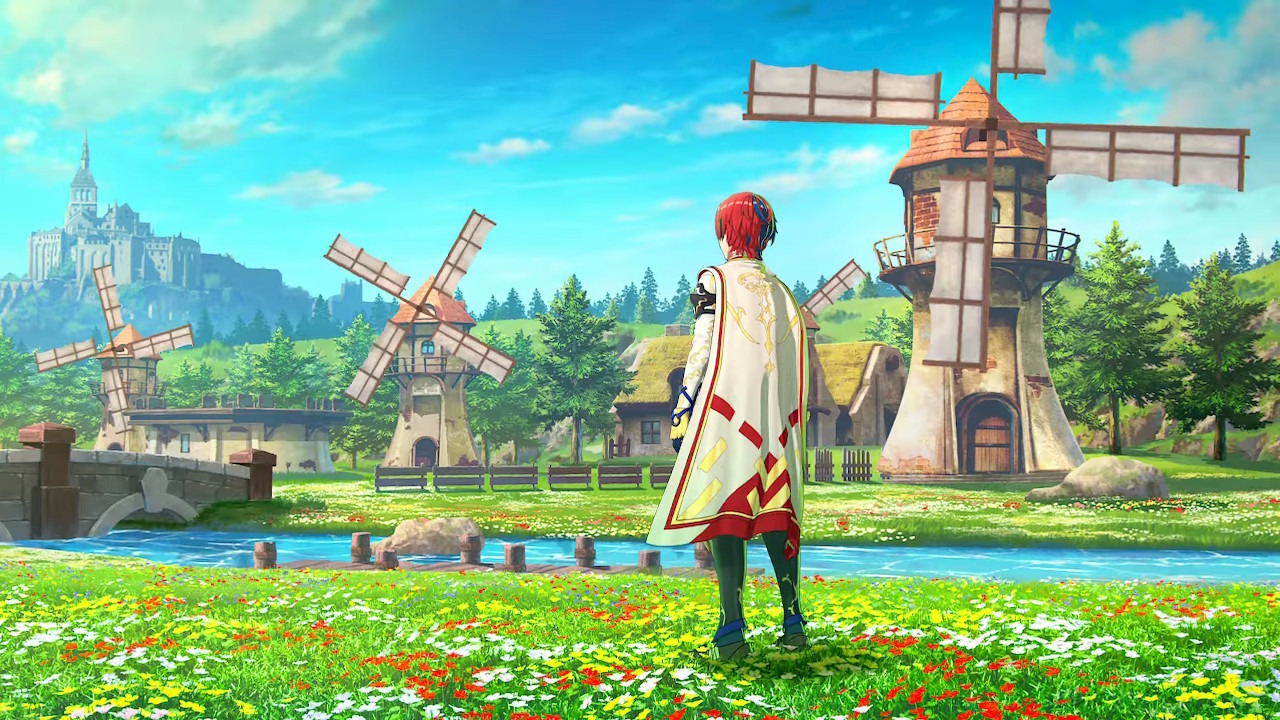
Fire Emblem Engage has some of the best combat and class mechanics out of multiple installments in the past few years. It successfully brings underappreciated characters to the forefront of an admittedly middling plot, but really sells you on their individual strengths. Enticing players of the classics with these, and no remakes, however, would be unfair. Fans will want to see translations of these titles for new audiences to play, and rightfully so, they’re fun with far more interesting stories.
It’s essential to remember that just a little over 10 years ago, Fire Emblem Awakening saved the franchise and brought it to the mainstream. Now, in the present, Fire Emblem Engage represents a series that now no longer needs saving. It’s a series that has blockbuster appeal, with people eagerly anticipating every announcement. Fire Emblem is Forever, and I’m overjoyed to see friends and colleagues take to it so passionately, something I didn’t think would happen.




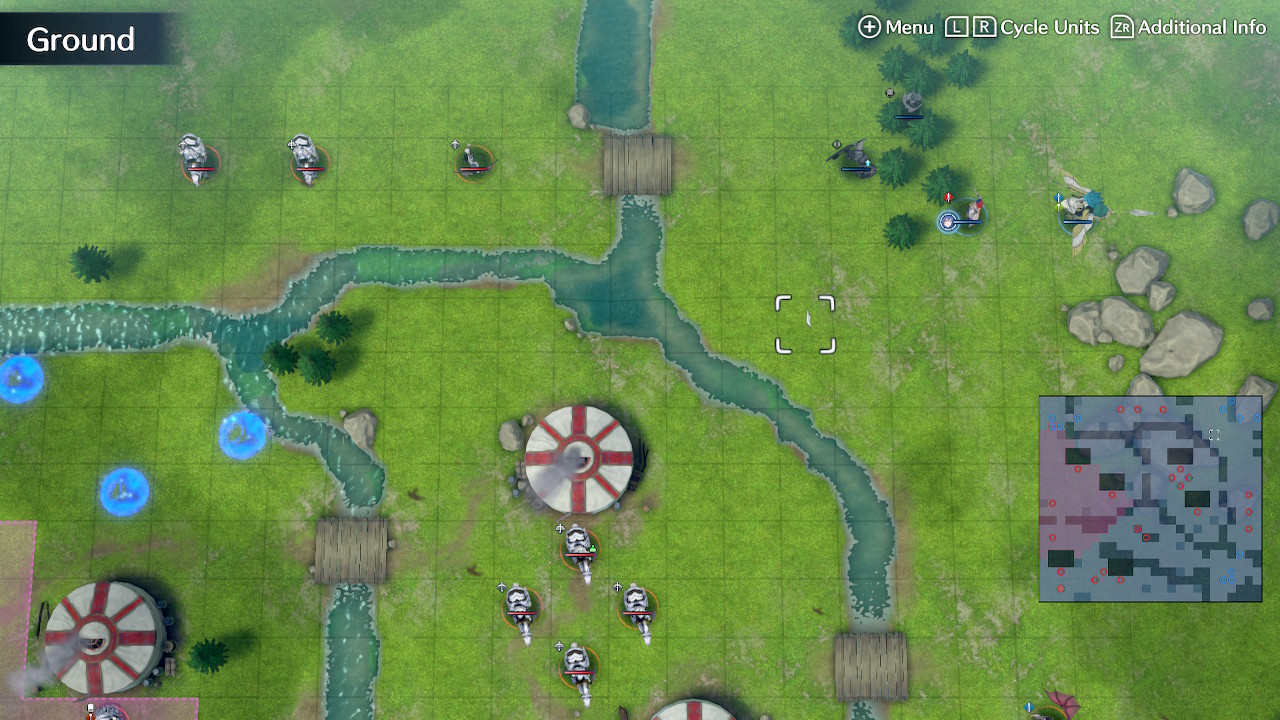
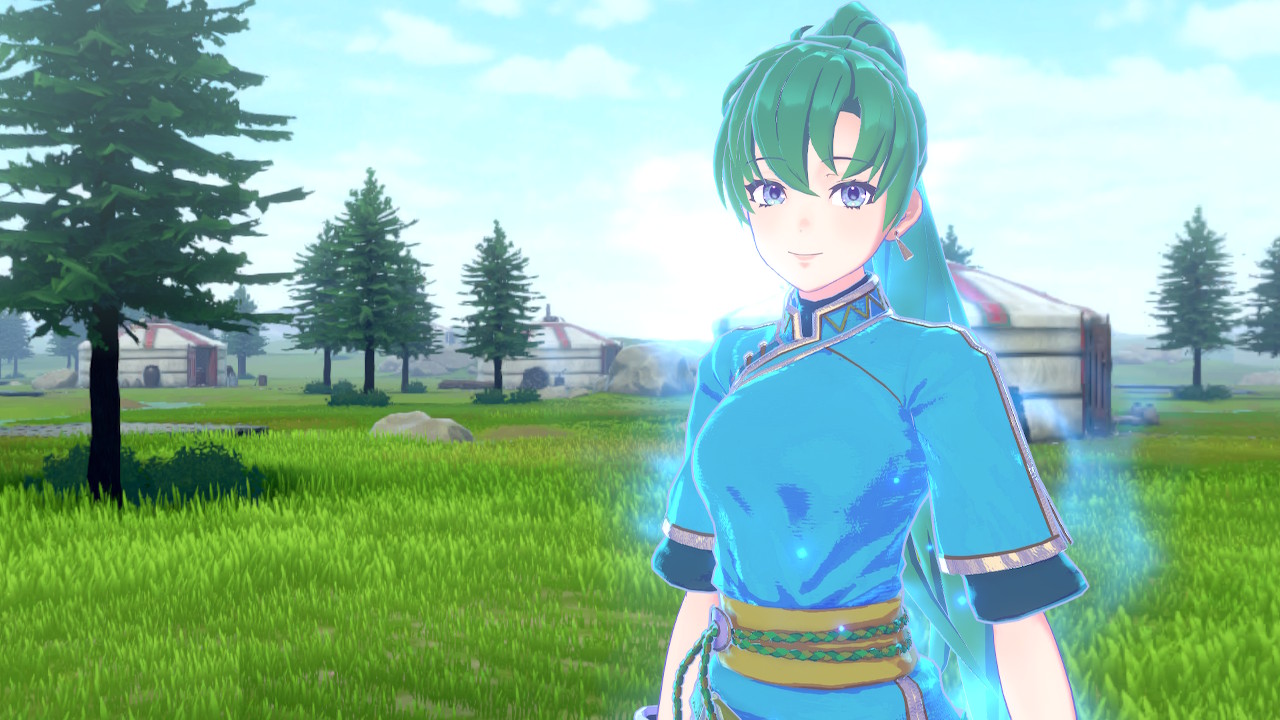




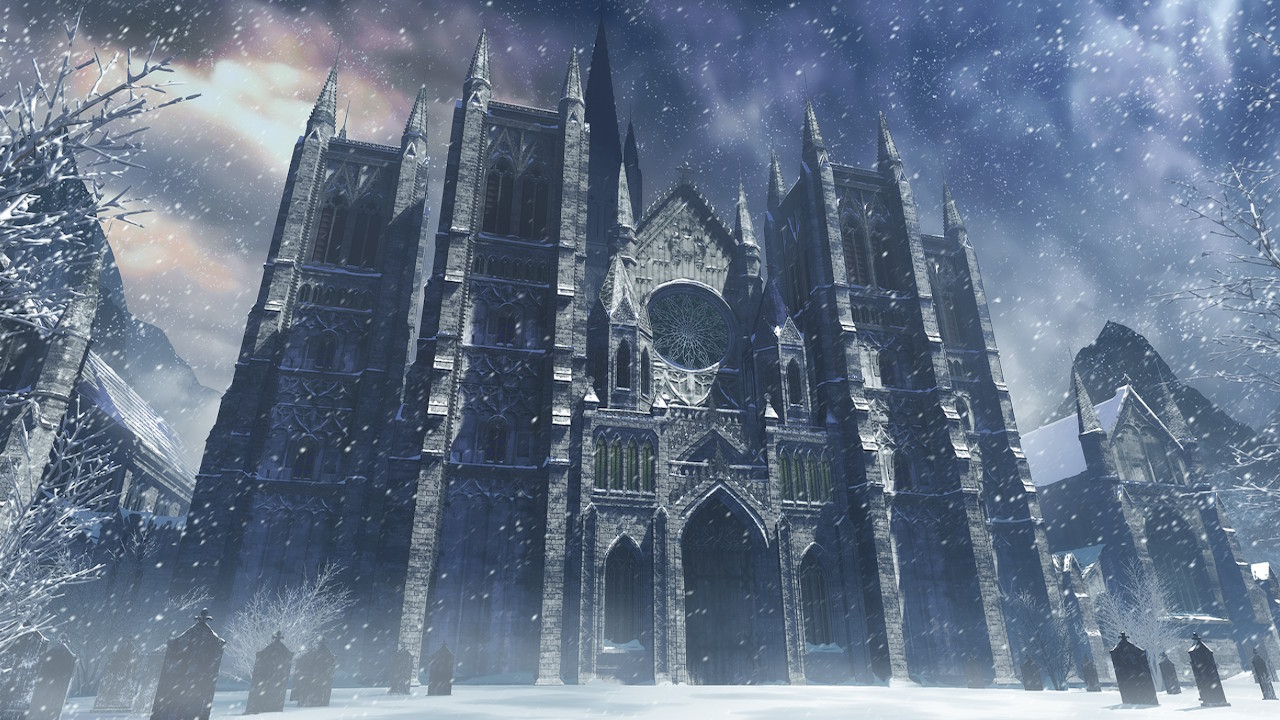










Published: Jan 30, 2023 12:22 pm